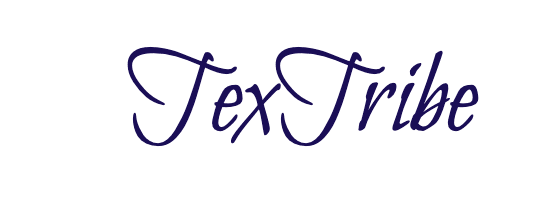In this article, we’re rolling into the intriguing world of dice and die, two terms that are often used interchangeably but actually have distinct grammatical nuances and applications. Whether you’re a language enthusiast, a gamer, or just curious about the proper use of these terms, this exploration will shed light on their specifics, origins, and correct usage.
Quick Facts Table
| Aspect | Die | Dice |
|---|---|---|
| Number | Singular | Plural |
| Usage | Refers to one piece | Refers to two or more pieces |
| Context | Gaming, statistics | Gaming, educational tools, statistics |
| Example | Roll a die. | “Roll the dice.” |
Difference Between Die OR Dice
Definition of Die
The term die refers to a single cubic piece, typically marked with dots (pips) on each face representing the numbers one through six. It is used in various games to generate random numbers or for educational purposes to teach probability and math.
Definition of Dice
Dice is the plural form of die, indicating two or more such pieces. They are commonly used in board games, role-playing games, and educational settings to introduce an element of chance or randomness.
Origin of Die
The word die comes from the Latin datum, meaning “something which is given or played.” Its use dates back to ancient times when dice were made from bones, ivory, or wood.
Origin of Dice
Dice is derived from the same Latin root but has evolved to represent the plural form in modern English, reflecting its widespread usage in gaming and educational contexts.
Pronunciation
- Die is pronounced as /daɪ/, rhyming with “my.”
- Dice is pronounced as /daɪs/, rhyming with “ice.”
Comparing Die and Dice
When comparing die and dice, it’s important to note not just their grammatical difference (singular vs. plural) but also their contextual application. Die emphasizes the individual piece, often focusing on the outcome of a single roll. In contrast, dice broadens this perspective to multiple outcomes or the use of multiple pieces in play.
Comparison Table
| Feature | Die | Dice |
|---|---|---|
| Number Required | One | Two or more |
| Usage Context | Specific outcome | Multiple outcomes |
| Educational Use | Probability of a single event | Probability involving multiple events |
Usage in Sentences with Explanations
Use of Die in Sentences
- “She threw the die and hoped for a six.” – This shows the singular use in anticipation of one outcome.
- The die is cast.” – A metaphorical expression meaning a decision has been made that cannot be changed, emphasizing the finality of a single action.
- “He carved a die out of wood for their board game.” – Illustrates the singular form in the context of making a single piece.
- “The outcome depends on this die roll.” – Focuses on the crucial impact of one die.
- “Find the die that rolled under the couch.” – Refers to searching for one specific die.
Use of Dice in Sentences
- “They shook the dice in their hands before rolling.” – Shows the plural use, involving more than one piece.
- Dice have been used in games for thousands of years.” – A historical context emphasizing the plural form.
- “The rules require rolling two dice at the same time.” – Specifies the game mechanics involving multiple dice.
- “She collects dice of different colors and shapes.” – Highlights the hobby of collecting various types of dice.
- “Add the numbers on the dice to determine your move.” – Involves calculation based on the result of multiple dice.
Conclusion
Understanding the difference between die and dice enriches your language skills, especially in contexts related to gaming, education, and probability. Recognizing when to use each term helps convey your message more accurately and shows an appreciation for the nuances of English.
Commonly Asked Questions
- What is the plural of die?
- The plural of die is dice.
- Can “dice” be used as both singular and plural?
- Traditionally, dice is the plural, and die is the singular. However, in modern usage, dice is sometimes used for both singular and plural.
- How are “die” and “dice” used differently?
- Die refers to a single piece, while dice refers to two or more pieces.
- What are dice made from?
- Dice can be made from various materials, including plastic, wood, bone, and metal.
- Why are dice important in education?
- Dice are used in education to teach probability, math, and decision-making skills through games and activities.

